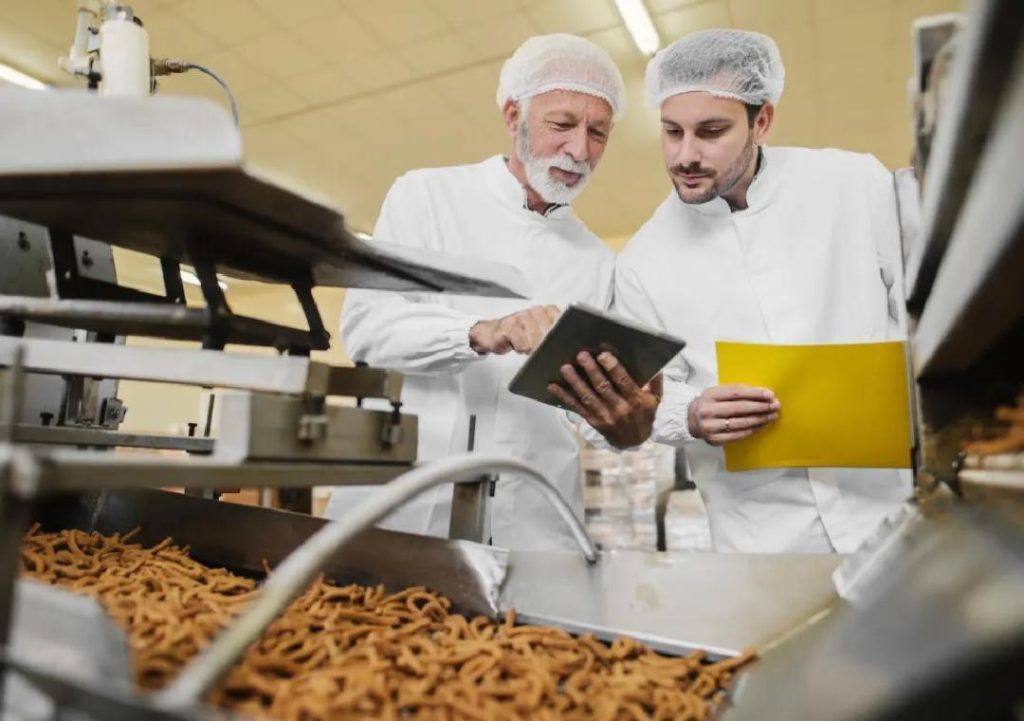
Can P&L Optimisation Redefine Success in Food Technology?
The food technology industry is rapidly evolving, with companies racing to stay ahead of the curve by leveraging innovative solutions to improve profitability. One key area of focus is Profit and Loss (P&L) optimisation, which involves streamlining operations to maximise revenue and minimise waste. By adopting automation, smart inventory systems, and data analytics, food tech companies can cut costs, sharpen demand forecasting, and support better decision-making. In this blog post, we’ll explore how P&L optimisation can redefine success in the industry.
The Challenges of Food Technology
The food tech industry is complex and dynamic, with a multitude of variables that can impact profitability. From supply chain disruptions to changing consumer preferences, there are many factors that can affect a company’s bottom line. Moreover, the industry is highly competitive, with many players vying for market share. To stay ahead of the competition, food tech companies must continually innovate and improve their operations.
The Role of P&L Optimisation
P&L optimisation is a critical component of any successful food tech company. By streamlining P&L operations, companies can reduce waste, improve forecasting, and support better decision-making. This is achieved through the use of automation, smart inventory systems, and data analytics.
Automation is a key driver of P&L optimisation, as it enables companies to streamline tasks such as inventory management, production planning, and logistics. By automating these processes, companies can reduce errors, improve efficiency, and lower costs.
Smart inventory systems are another important tool in P&L optimisation. These systems use data analytics and machine learning algorithms to predict demand and manage inventory levels. By ensuring that the right products are stocked in the right quantities, companies can reduce waste, improve customer satisfaction, and increase profitability.
Data analytics is also a critical component of P&L optimisation. By leveraging data analytics, companies can gain insights into their operations, identify areas for improvement, and make data-driven decisions. This includes analysing sales data, production costs, and customer preferences to identify trends and opportunities for growth.
The Benefits of P&L Optimisation
So, what are the benefits of P&L optimisation in food technology? By streamlining P&L operations, companies can:
- Reduce waste: Automation and smart inventory systems can help reduce waste by ensuring that the right products are stocked in the right quantities.
- Improve forecasting: Data analytics can help companies improve demand forecasting, ensuring that they produce the right products in the right quantities.
- Support better decision-making: Data analytics can provide insights into operations, enabling companies to make data-driven decisions.
- Boost margins: By reducing waste and improving forecasting, companies can increase profitability and boost margins.
- Ensure sustainable growth: By adopting scalable models, companies can ensure sustainable growth and stay competitive in the industry.
Case Studies
Several food tech companies have successfully implemented P&L optimisation to improve profitability. One example is a leading food processing company that adopted automation and smart inventory systems to streamline its P&L operations. By reducing waste and improving forecasting, the company was able to increase profitability by 15%.
Another example is a food delivery company that used data analytics to improve demand forecasting and reduce food waste. By leveraging data analytics, the company was able to increase customer satisfaction and reduce costs by 10%.
Best Practices for P&L Optimisation
While P&L optimisation can bring many benefits to food tech companies, it requires careful planning and execution. Here are some best practices to consider:
- Start small: Implementing P&L optimisation can be a complex and time-consuming process. Start by focusing on a specific area of your operations and gradually expand to other areas.
- Leverage technology: Automation, smart inventory systems, and data analytics are all critical components of P&L optimisation. Leverage these technologies to streamline your operations and improve forecasting.
- Monitor and adjust: P&L optimisation is an ongoing process that requires constant monitoring and adjustment. Regularly review your operations and make adjustments as needed to ensure that you’re achieving your goals.
- Focus on scalability: As your company grows, it’s essential to adopt scalable models that can support your growth. This includes investing in technology and processes that can be easily scaled up or down as needed.
Conclusion
P&L optimisation is a critical component of any successful food tech company. By streamlining P&L operations, companies can reduce waste, improve forecasting, and support better decision-making. By adopting automation, smart inventory systems, and data analytics, companies can cut costs, sharpen demand forecasting, and support sustainable growth. As the industry continues to evolve, it’s essential for food tech companies to stay ahead of the curve by leveraging innovative solutions to improve profitability.
News Source:
https://www.growthjockey.com/blogs/p-and-l-operations-in-food-tech






